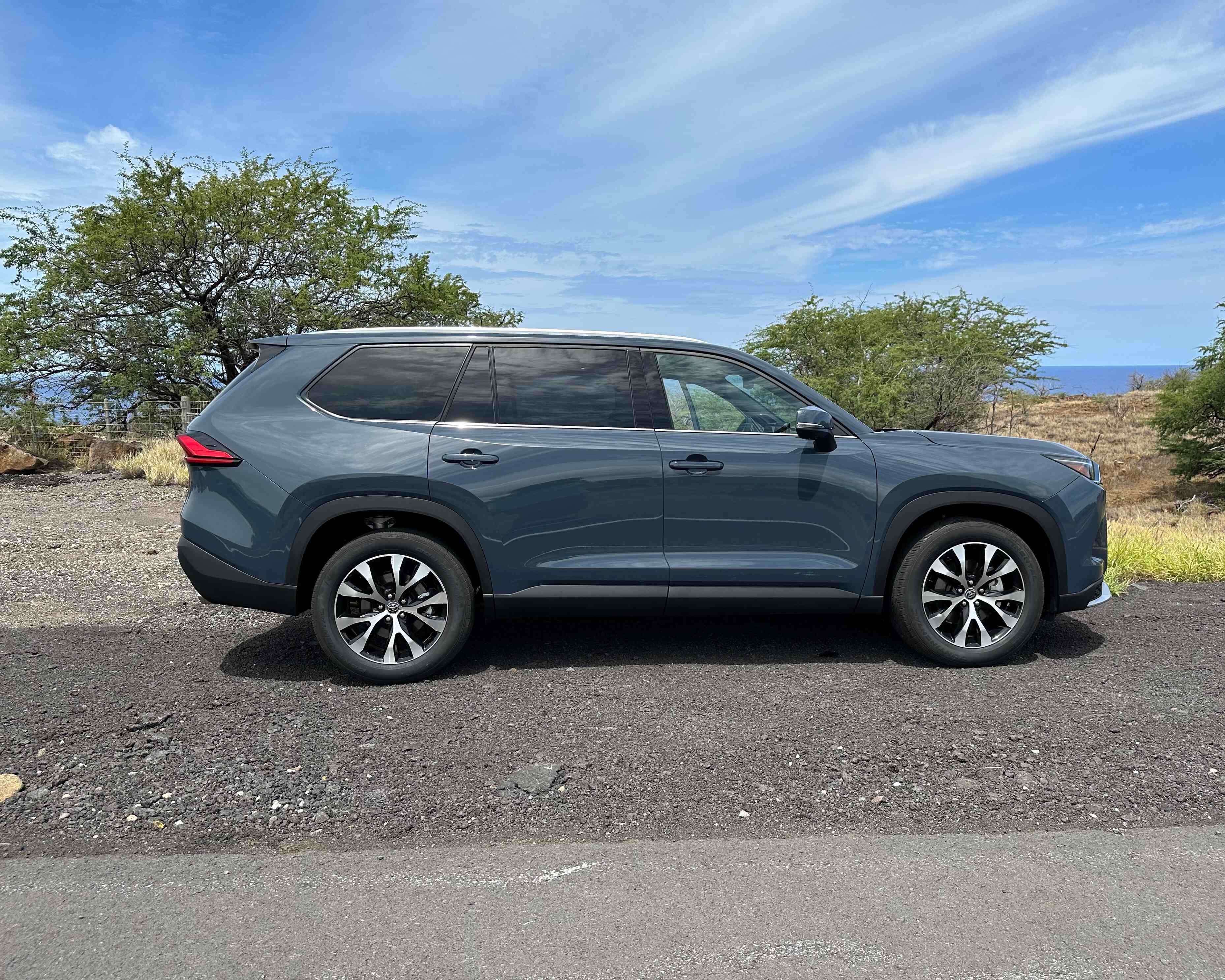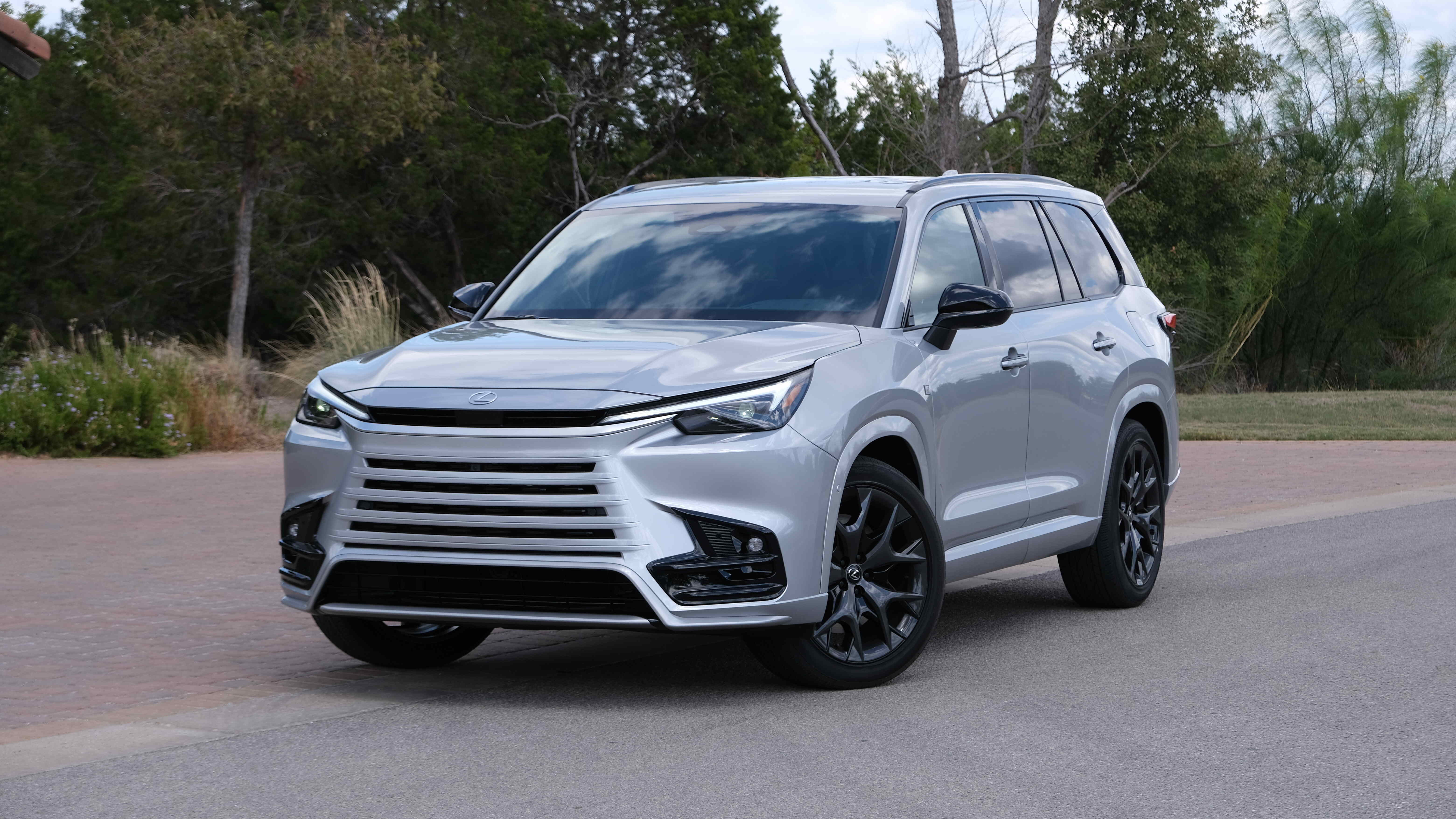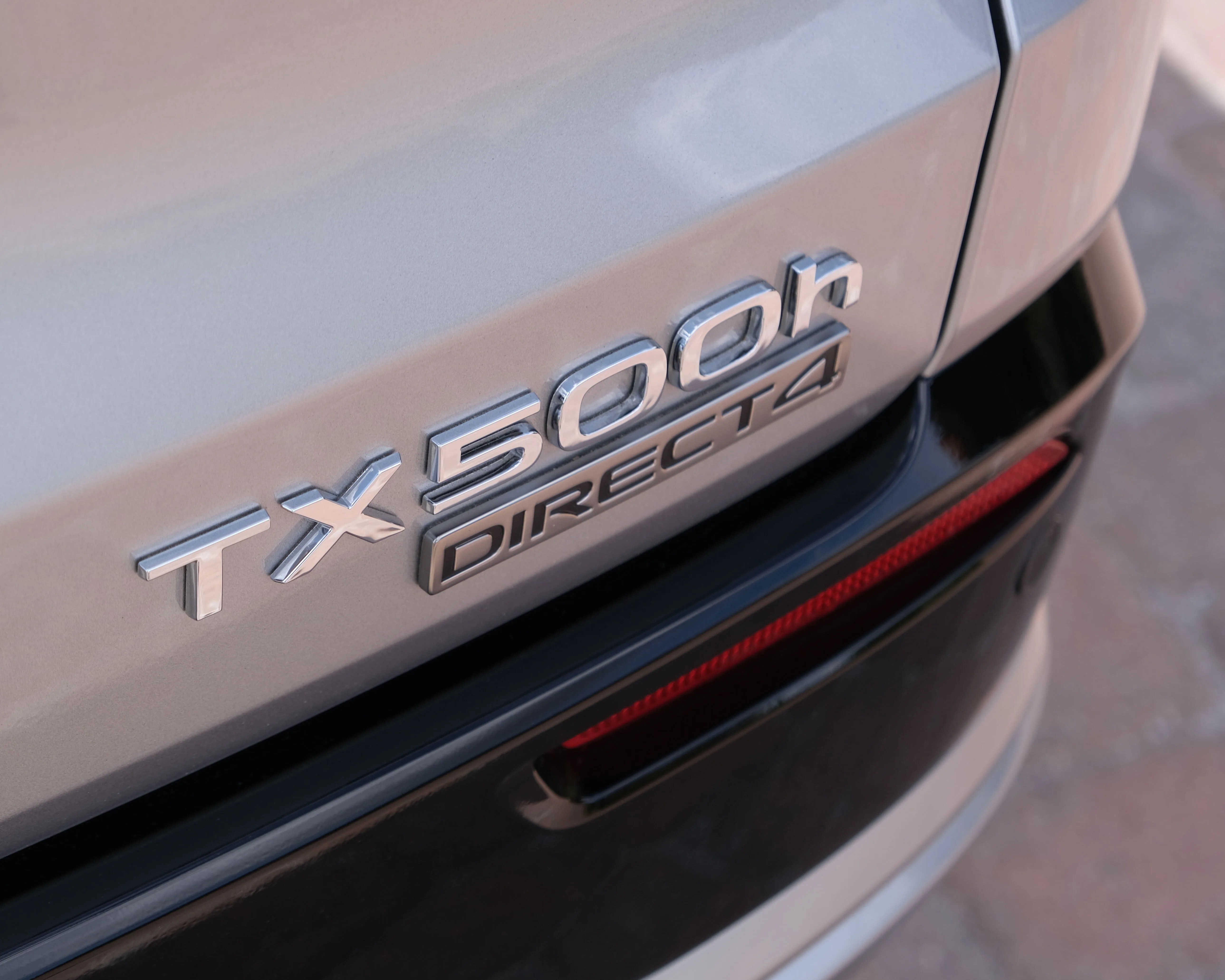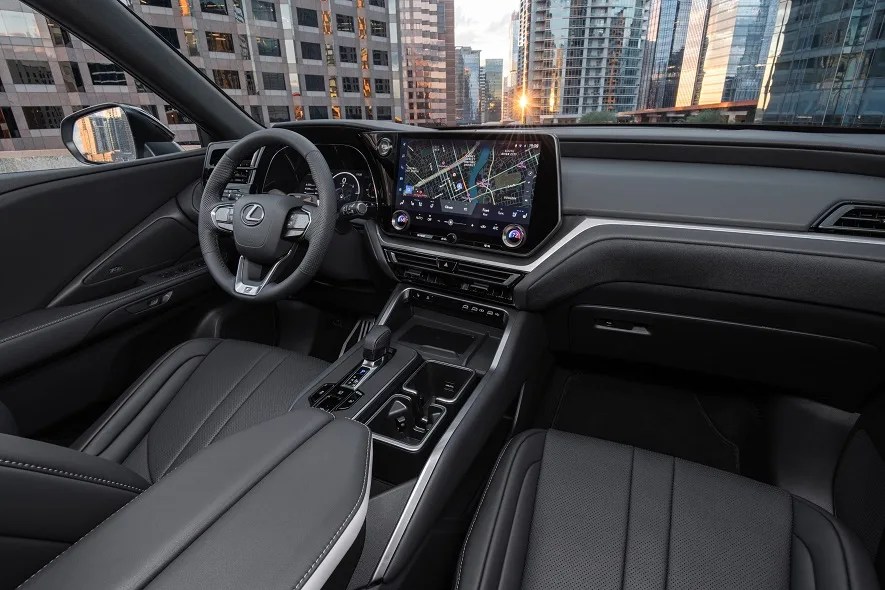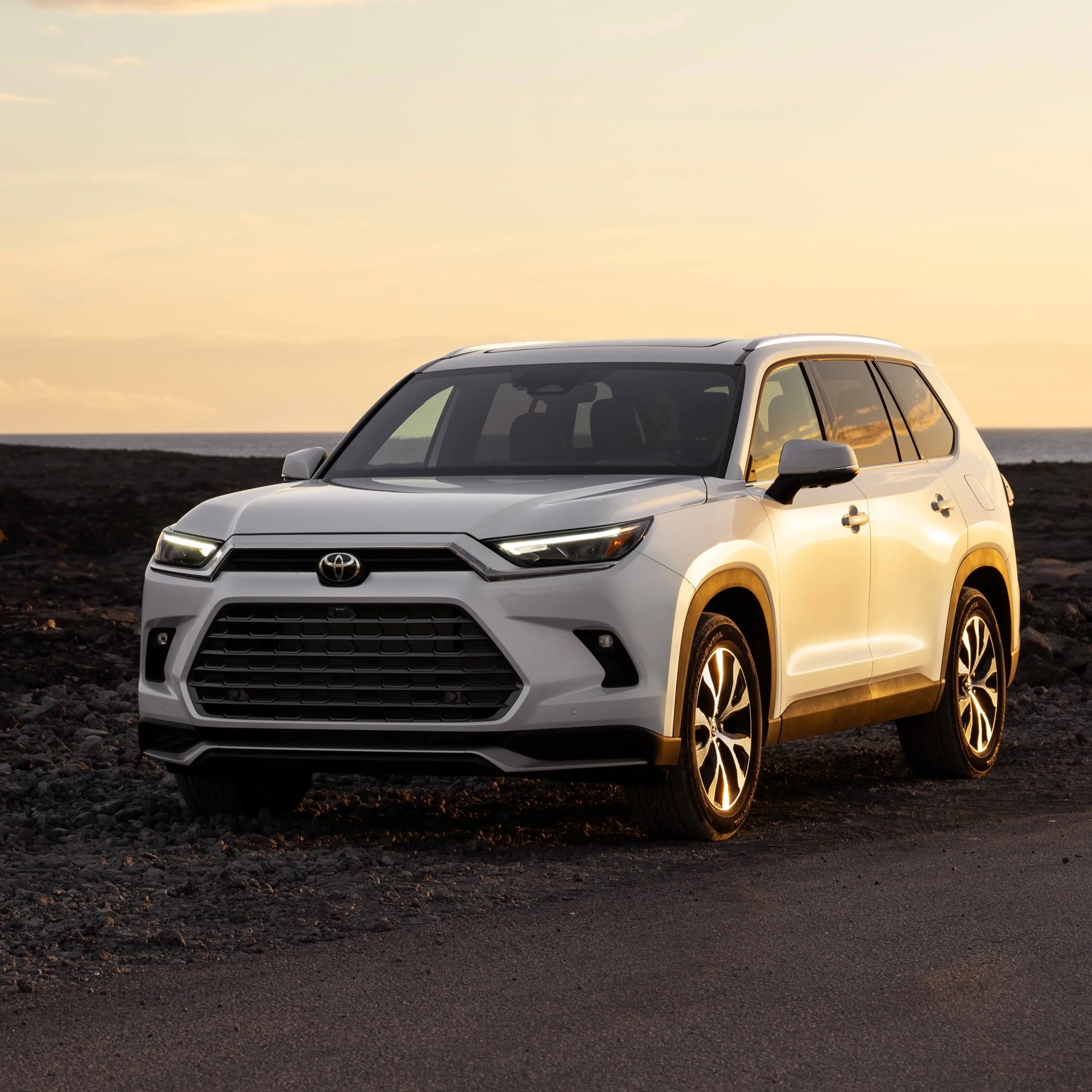Last year, Toyota debuted a new three-row midsize crossover, the Grand Highlander. As is tradition, Lexus followed shortly after with its version, the TX. Both are excellent; we selected the TX for the GP100 last year. And both cars are exactly what each brand needed: a big, family-hauling SUV that isn’t a giant truck-based rig.
The question is … which one you should buy? I drove both of them at first drive events and at home for a week to break down the key differences.
The Lexus TX offers a more premium engine lineup
The Lexus TX and Toyota Grand Highlander basically share two engines. One is the base gas engine: a turbocharged 2.0-liter I4, putting out 275 horsepower in the TX and 265 hp in the Grand Highlander. The other is a turbocharged 2.5-liter inline-four hybrid, making 366 hp in the TX and 362 hp in the Grand Highlander. The tunings are ever so slightly different, but the distinctions in everyday driving feel negligible.
The difference comes with the third option. The Grand Highlander can come with a Prius-like 2.5-liter inline-four hybrid making 247 horsepower and delivering up to 36 mpg. The TX, instead, offers a top-of-the-line 3.5-liter V6 PHEV setup with 404 horsepower and up to 33 miles of EV range. After testing both, I think there’s a better case for going max-efficiency with the Grand Highlander than paying the steep price to level up to the TX’s PHEV. The Toyota’s top engine is a $2,980 step up; the Lexus’s is a $6,800 one.
